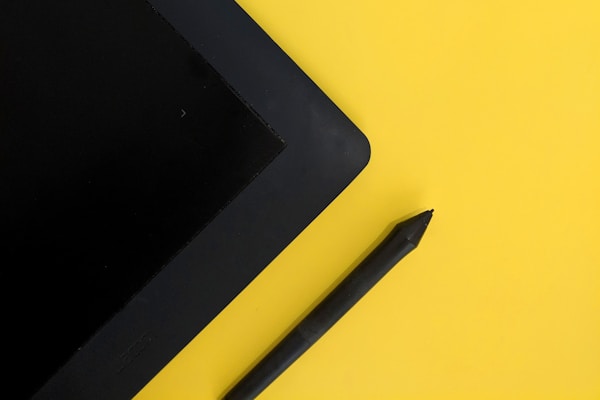As mobile devices continue to evolve, user experience design must adapt to new form factors and interaction paradigms. From foldable displays to augmented reality interfaces, the future of mobile UX is being shaped by innovative technologies and changing user expectations.
1. Designing for Foldable Displays
The emergence of foldable devices presents new challenges and opportunities:
- Responsive layouts for multiple screen states
- Continuity in user experience across configurations
- Optimizing content for different aspect ratios
- Handling state transitions during fold/unfold
2. Augmented Reality Integration
AR is becoming an integral part of mobile experiences:
- Natural gesture interactions
- Contextual information overlays
- Spatial computing considerations
- Mixed reality user interfaces
"The future of mobile UX is not just about what's on the screen, but how the screen itself adapts to our needs and integrates with our environment."
3. Advanced Interaction Patterns
New interaction methods are emerging:
- Voice and natural language interfaces
- Haptic feedback patterns
- Motion and gesture controls
- Biometric authentication methods
4. Accessibility and Inclusivity
Designing for all users is crucial:
- Universal design principles
- Adaptive interfaces for different abilities
- Multi-modal interaction support
- Cultural considerations in design
5. Performance and Optimization
Ensuring smooth experiences across devices:
- Efficient resource management
- Smooth animations and transitions
- Battery life considerations
- Offline functionality
Conclusion
The future of mobile UX design is exciting and challenging. Success requires a balance between innovation and usability, ensuring that new technologies enhance rather than complicate the user experience. Designers must stay adaptable and user-focused while embracing these emerging technologies and interaction patterns.



